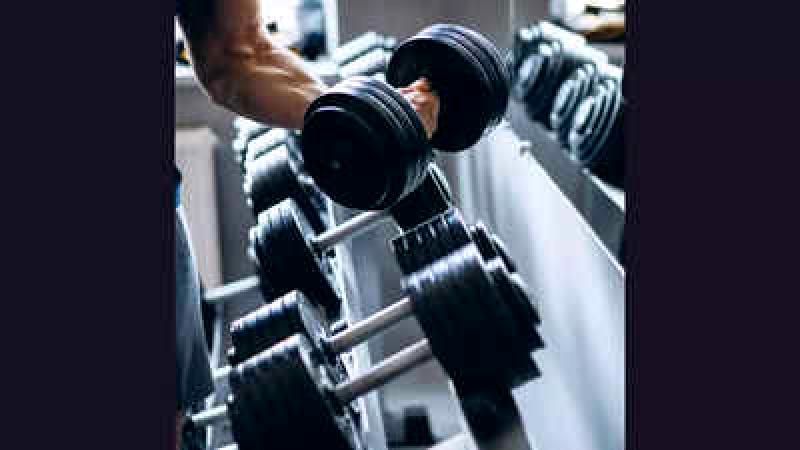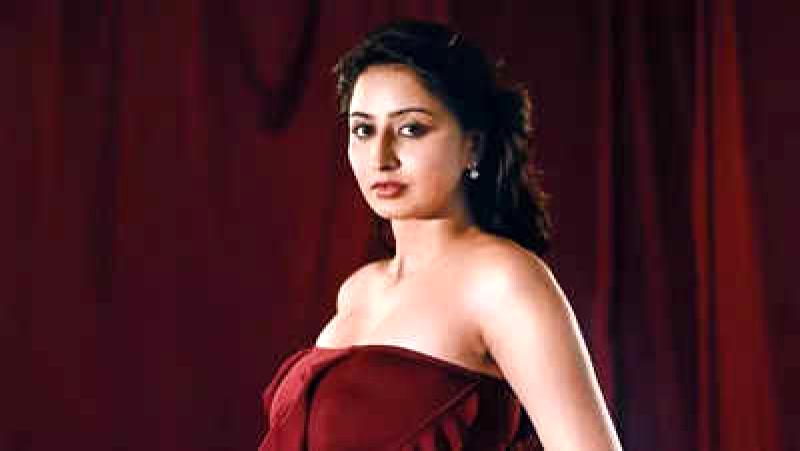
On screen, women in the Kannada film industry are celebrated as 'sheroes,' but behind the scenes, they face struggles to assert themselves. While their performances, appearance, and style are admired on screen, the women off-screen are dealing with issues like inadequate facilities on film sets, including lack of proper washrooms. Pay disparity is also a significant concern. The industry has evolved over the past decade, with a notable increase in the number of women working on sets, from stylists to cinematographers. However, the film industry environment is still predominantly male-oriented, with a need for greater inclusivity. Female professionals often encounter everyday sexism in their jobs, prompting some to adapt and hope for change, while others opt to pursue independent work outside of the industry.
In the domain of make-up artistry, the industry is largely controlled by male 'make-up dadas,' and even the make-up artist association is male-dominated. Female make-up artists often face discrimination and low pay rates when working through these associations, with their daily earnings as low as ₹2,000-3,000, compared to the higher rates they can earn independently, amounting to ₹15,000-20,000. While some female leads may request a specific make-up artist, these professionals are still required to work alongside male counterparts provided by the association. This unequal dynamic can create discomfort and dependency for the female lead, as they are often expected to rely on male colleagues for tasks like adjusting clothing or applying certain types of make-up, perpetuating a patriarchal system that subdues female technicians.Actresses are often only considered for smaller projects, according to Vydurya Lokesh, a make-up artist. Screenplay writers in the industry face gender biases as well. Producers are quick to stereotype women-centric films as low-budget or non-commercial, limiting opportunities for female creators. Manasa Sharma, a screenwriter and associate director, emphasizes the need for a fundamental shift in attitudes. Similarly, stylists like Tejaswini Anjan Kumar highlight the challenges faced by women in the industry, from lack of basic facilities on set to being labeled as 'demanding' for seeking essentials. There is a call for greater inclusivity and respect for women's contributions in the film industry.There is a need for more female voices to be heard in the entertainment industry, particularly in films and music. Female dubbing artists have fewer opportunities compared to males since women often have fewer dialogues in movies. There is a lack of women-centric films and solo songs featuring women, with a majority of songs being duets or 'item songs'. It is important to have more female representation onscreen.











